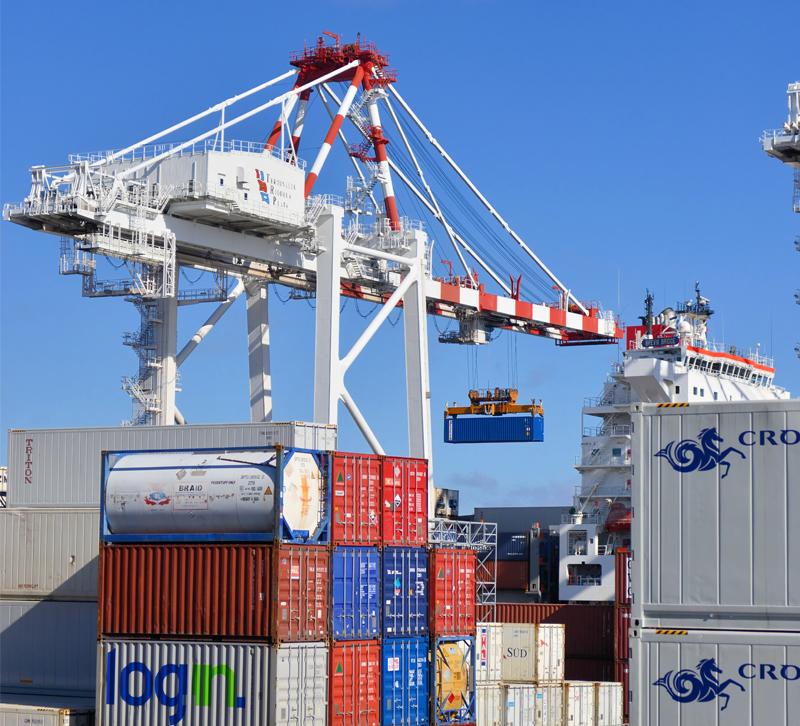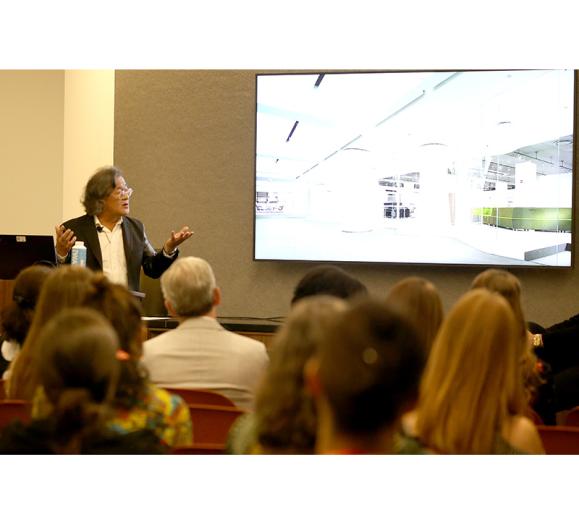The 25-percent tariff on $200 billion of Chinese imports, scheduled to go into effect this Saturday, was delayed on Sunday. President Trump announced via Twitter that talks between the U.S. and China were making "substantial progress," and if it continued, the U.S. and China would hold a summit to sign the final agreement.
On the whole, this is a good thing. As we've reported, tariffs have been a major source of worry and unrest within the home design industry. In August 2018, Eric Jacobson, President and CEO of the American Lighting Assn., spoke out against tariffs to the Section 301 Committee. Late last year, the National Retail Federation released a devastating report on how tariffs would affect the home furnishings industry, finding that the U.S. economy would lose between $23.2 million and $1.0 billion if a tariff went into effect. This year, interior design firms surveyed for Houzz's 2019 State of the Industry report said they had lower expectations for 2019 than previous years, likely due to rising costs of products and materials due to tariffs.
So what does all this mean for retailers and designers right now? Here's an update on the latest tariff talk and what it means as High Point Market approaches.
What's being reported
Trade talks with China have been ongoing since Trump first delayed the 25-percent tariff increase back in December. At that time, he delayed the tariff increase by 90 days, which means the 25-percent increase would have gone into effect this Saturday at 12:01 a.m.
Here's a short rundown of what's been reported on trade talks since the news broke yesterday:
- The Wall Street Journal reported that Beijing offered to increase its purchases of U.S. farm and energy products and services. It also offered to ease restrictions on U.S. firms in auto manufacturing and financial services as well as improve protection of U.S. intellectual-property rights. Beijing, however, has not given much ground on issues it sees as crucial, such as government subsidies and support to state-owned companies.
- According to The New York Times, China pledged this week not to weaken the value of its currency. Under this agreement, China must notify the U.S. when and why they are adjusting their currency. Failure to do so would allow the administration to reimpose tariffs.
- A final agreement hasn't been reached yet, but Trump said he is planning to host Chinese President Xi Jinping at his Florida resort, Mar-a-Lago, to finalize and sign the agreement. It could be as early as next month.
- It's not clear how the U.S. would police China if they failed to meet this end of the agreement, something China has done in the past. Both The Wall Street Journal and The New York Times reported that reapplying tariffs should China fail to meet its end of the agreement may be one way of preventing regression.
On the surface, it appears talks are progressing, but it's hard to say how much or how well without seeing any concrete document or agreement. We don't know exactly what has been agreed on or how both sides will be held accountable to the agreement.
So now what?
While all of this seems promising, there's one issue that hasn't been addressed: a concrete timeline. At press time, it's unclear how long it will take to reach a final agreement, though reports are saying that an agreement could be signed next month. Without details, however, it does leave open the possibility that talks could collapse.
It also isn't clear how long the 25-percent tariff truce will be held off. There is always the possibility that Trump could impose that 25 percent without much warning if talks stall. There's no evidence of this happening right now, but his announcement over the weekend to extend the March 2 deadline indefinitely also came out without much warning.
Suffice to say, nothing is certain yet, and for those heading to High Point Market, cautious optimism is a must. As always, continue to follow the news for updates on tariff talks and monitor your sales data to identify best-selling products and trends among your customers. This will give you a clear idea of what to look for as you tour showrooms around High Point Market.
Retailers and designers: How are you feeling about this tariff update? Share with us in the comments!
Photo: Frans Van Heerden from Pexels







